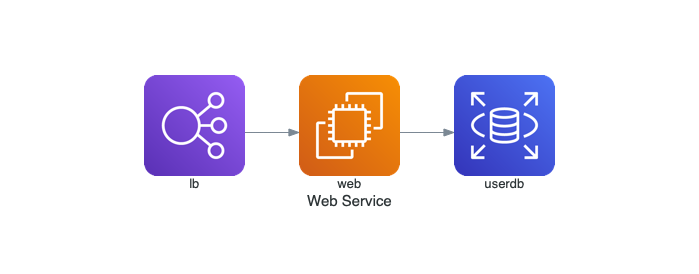Here's the brutal truth: your locally perfect pyenv-virtualenv setup will break in production. Not sometimes - always. The environment that worked flawlessly on your laptop becomes a clusterfuck when it meets real servers, Docker containers, and CI/CD pipelines.
I've been burned by this three times in production deployments. Once took down our main API for like 2 hours because of a Python version mismatch that staging missed. Another time, auto-activation failed silently and packages started installing globally - that was fun to debug.
The "It Works on My Machine" Death Spiral
Production pyenv-virtualenv failures follow a predictable pattern:
- Local development works perfectly - Auto-activation, environment switching, everything's magical
- Staging kinda works - You notice some weirdness but deploy anyway
- Production explodes - Python version conflicts, missing environment variables, broken dependencies
- 3am debugging session - You're SSHing into production servers, trying to figure out why
pyenv versionsshows system Python
The problem isn't pyenv-virtualenv - it's that production environments are completely different beasts than development setups. Different user permissions, different shell configurations, different path variables, different everything.


The Docker architecture above shows why containerization works better for production - everything is isolated and reproducible. Compare that to pyenv-virtualenv's host-dependent approach where every server is a special snowflake.
What Actually Breaks in Production
Shell Integration Failures: Your beautiful auto-activation stops working because production shells don't source your .bashrc or .zshrc files. The eval "$(pyenv virtualenv-init -)" line that made everything magical locally doesn't get executed.
Permission Issues: Production deployments often run as different users (www-data, app, etc.) who don't have access to your personal pyenv installation. Your environments live in ~/.pyenv/versions/ but the production user can't read them.
Path Conflicts: System Python keeps interfering. Production servers often have multiple Python installations (system Python, package manager Python, maybe some random Python 2.7 from legacy applications) and pyenv's PATH manipulation gets confused.
Memory Constraints: Each pyenv virtual environment copies the entire Python installation. On resource-constrained production servers, this can eat significant memory. A production server running 5 applications with separate environments can use 500MB+ just for Python interpreters.
Container Complexity: Docker containers expect everything to be self-contained, but pyenv-virtualenv creates complex directory structures and symlinks that don't play well with container builds. The $(pyenv root)/versions/ structure becomes a nightmare to manage across container layers.
Real Production War Stories
Incident #1: I ran some cleanup script that did pyenv uninstall python-3.10.8 to get rid of old versions. Guess what? That nuked ALL the virtual environments built from that Python version. Three apps went dark at once. Took us forever to rebuild everything - like 6 hours maybe? Could've been 8. I was too stressed to keep track. Either way, it sucked balls.
Incident #2: Our production shell wasn't sourcing bashrc, so auto-activation was just... not happening. For months - I think it was 3 months? Maybe longer? - our Django app was running on system Python with global packages and we had no fucking clue. Only found out during some security audit when they were like "why is your containerized app using system packages?" That was embarrassing as shit.
Incident #3: The deployment user couldn't read environments that the dev user created during setup. App started fine but couldn't import shit because it couldn't access the virtual env. Spent like 4 hours debugging these cryptic import errors before I finally realized it was a permissions thing. Could've been longer, time moves slow when you're debugging production at 2am.
These aren't edge cases - they're the normal experience of moving from development to production with pyenv-virtualenv. Production deployment requires completely different strategies than local development.